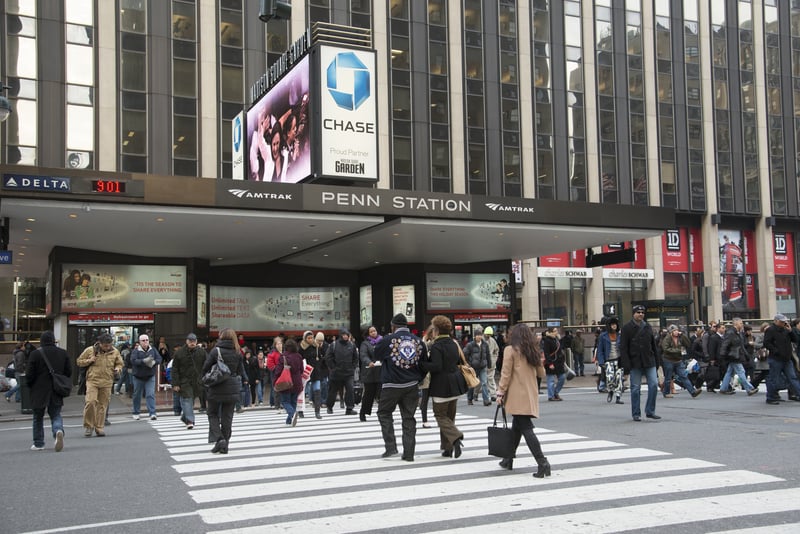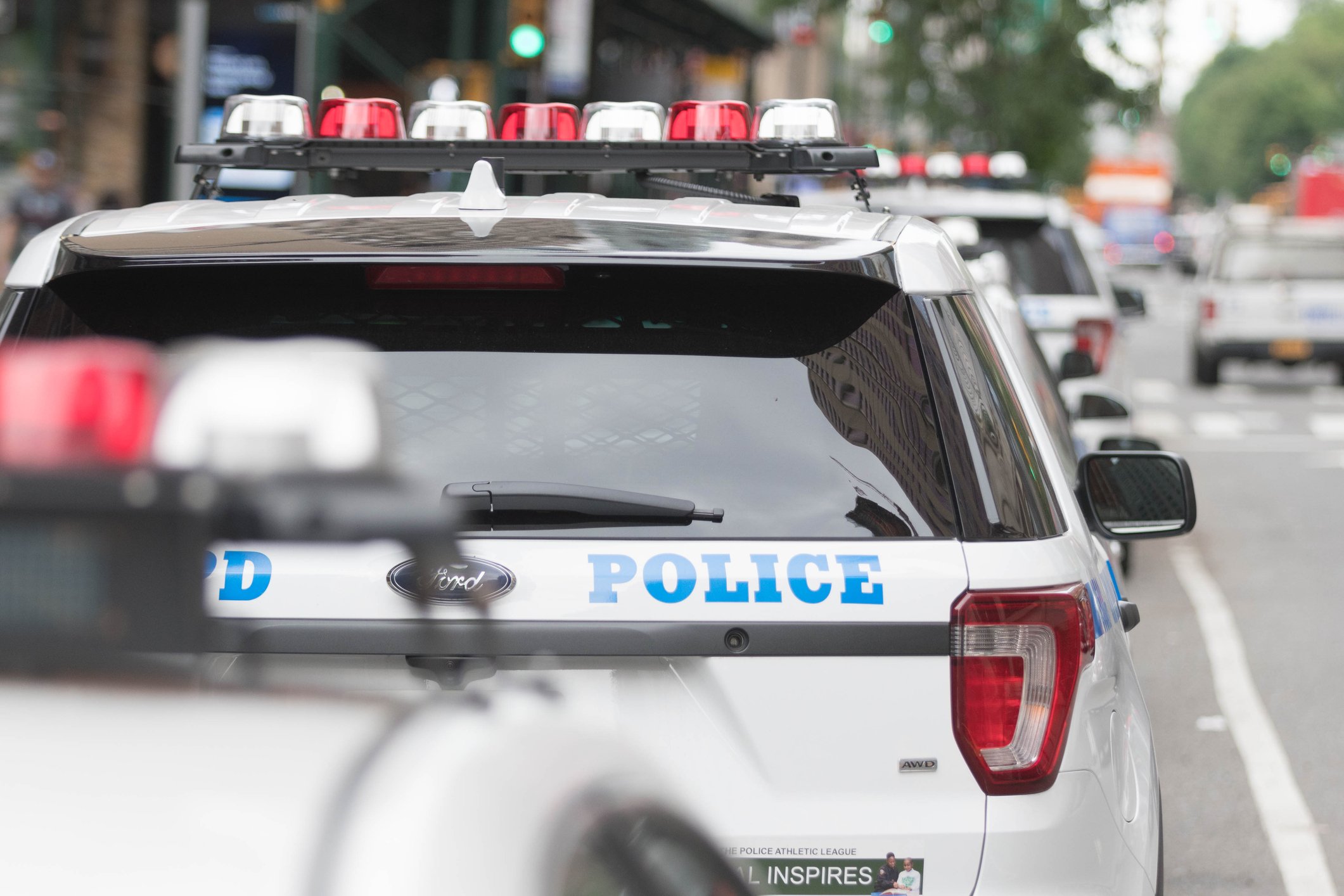There’s a popular misconception floating around online, but let’s clear things up with some facts. Adolf Hitler never held a rally at the modern day Madison Square Garden and neither did the Nazis, and the timeline makes it pretty obvious why that’s impossible.
First off, Madison Square Garden as we know it today was built in 1968, which is long after World War II and Hitler’s death. Hitler died in 1945, marking the end of his horrific regime. Now, there was a rally in 1939 organized by the German American Bund at a different version of Madison Square Garden. This wasn’t the current MSG (the fourth iteration) but an earlier one located at 8th Avenue between 49th and 50th Street. That 1939 rally was a pro-Nazi gathering in New York, but Hitler himself didn’t host it—he never even set foot in the United States.
So while the name “Madison Square Garden” might cause some confusion, it’s crucial to remember there have been different buildings with that name throughout history. And none of them ever hosted Adolf Hitler.
Madison Square Garden, or MSG as it’s commonly known, is one of the most famous arenas in the world. But here’s a fun fact: the “Garden” we know today is actually the fourth version of this iconic venue! It’s been rebuilt and relocated over the years, each with its own piece of New York history.
There was never a Nazi rally held in the modern building and Adolf Hitler never visited America during his lifetime, debunking two politically charged misinformation talking points being presented by the Democrat party and the left-wing media.
Madison Square Garden I (1879-1890)
The first Madison Square Garden wasn’t even a sports arena at first. Originally, it was a passenger depot for the New York and Harlem Railroad at Madison Avenue and 26th Street. After the railroad left, the building was transformed into an open-air arena in 1879 and dubbed Madison Square Garden. This location took its name from nearby Madison Square Park. The original MSG hosted everything from circuses and horse shows to boxing matches. Despite its significance, the building wasn’t well-suited for New York’s unpredictable weather. By 1889, plans were already in motion to create something more substantial.
Madison Square Garden II (1890-1925)
Madison Square Garden II was a marvel of its time. Designed by the legendary architect Stanford White, this new arena was an architectural masterpiece featuring a 32-story tower, complete with a statue of the Roman goddess Diana on top. The venue could hold up to 8,000 people and was a hotspot for various events—most notably, boxing matches and the annual National Horse Show. But White’s luxurious masterpiece came with a price. It was notoriously expensive to maintain, and in 1925, it was demolished to make way for a new skyscraper.
Madison Square Garden III (1925-1968)
Madison Square Garden III marked a shift in location, moving to the west side of Manhattan at 8th Avenue between 49th and 50th Streets. This version of MSG is where a lot of the history people think of today began. It was home to major boxing matches, political conventions, and even circuses (thanks to its partnership with Ringling Bros. and Barnum & Bailey). It was in this building that the controversial German American Bund rally took place in 1939. However, by the 1960s, the building was showing its age and no longer met the needs of a growing city. It was torn down in 1968, paving the way for a new era of entertainment.
Madison Square Garden IV (1968-Present)
The current Madison Square Garden, built in 1968, is located above Penn Station at 8th Avenue and 33rd Street. It’s often just referred to as “The Garden” and is the go-to spot for New York’s biggest concerts, sports events, and everything in between. It’s home to the New York Knicks (NBA) and the New York Rangers (NHL), and has hosted countless historic moments, from Muhammad Ali fights to epic concerts by the likes of Elvis Presley, Led Zeppelin, and Beyoncé. Over the years, the Garden has undergone several renovations, the most recent being a billion-dollar makeover completed in 2013 to modernize its amenities.
In short, Madison Square Garden has a rich history tied to the evolving needs and entertainment of New Yorkers. Each version of MSG carried its own legacy, from its 19th-century roots near Madison Square Park to the modern arena that continues to shape sports and culture today.
Alright, let’s dive into the notorious 1939 rally at Madison Square Garden that often gets people tangled in historical confusion.
On February 20, 1939, just months before World War II erupted, the German American Bund held a massive rally at the old Madison Square Garden in New York City. The event drew a staggering crowd of around 20,000 people, and its purpose was to promote what they called “Americanism”—but their version of Americanism looked a lot like a disturbing mix of Nazi ideology and American nationalism. The Bund was a pro-Nazi organization that aimed to spread Hitler’s beliefs in the United States, all while cloaking their movement in American flags and patriotic slogans.
The rally itself was surreal and jarring to see in retrospect. Madison Square Garden’s stage was decked out with a giant portrait of George Washington, flanked by swastikas and American flags, creating a bizarre and unsettling mix of American and Nazi symbols. This wasn’t just a few fringe extremists; the event drew thousands of supporters and protesters alike. The rally featured speeches that attacked Jewish communities, President Franklin D. Roosevelt, and promoted an anti-Semitic, pro-Hitler narrative.
The leader of the Bund, Fritz Julius Kuhn, strutted on stage in a Nazi-style uniform and delivered a speech filled with racist rhetoric. It was a dark display of how Nazi sympathizers tried to gain a foothold in American society. However, this wasn’t met without resistance. Outside the venue, 100,000 New Yorkers gathered in protest, clashing with police and rally-goers in heated scenes. Inside, one brave Jewish protester, Isadore Greenbaum, made headlines when he stormed the stage to confront Kuhn, only to be tackled and beaten by Bund security before being arrested by the police.
This 1939 rally serves as a chilling reminder that the appeal of fascism reached even the heart of New York City. While some people mistakenly believe Hitler was directly involved or present, it’s crucial to understand that the rally was organized by American supporters of Hitler’s ideology, not by Hitler himself. He never set foot in the U.S., and by 1939 he was fully occupied in Europe with his brutal expansionist policies.
So, to sum it up: no, Adolf Hitler never held a rally at Madison Square Garden, but his supporters in America tried their best to bring his dangerous ideas stateside in a massive, flag-waving spectacle. Thankfully, history shows that most Americans weren’t having it, with massive protests pushing back against the rally’s hate-filled message.
Note: Thank you for visiting our website! We strive to keep you informed with the latest updates based on expected timelines, although please note that we are not affiliated with any official bodies. Our team is committed to ensuring accuracy and transparency in our reporting, verifying all information before publication. We aim to bring you reliable news, and if you have any questions or concerns about our content, feel free to reach out to us via email. We appreciate your trust and support!




